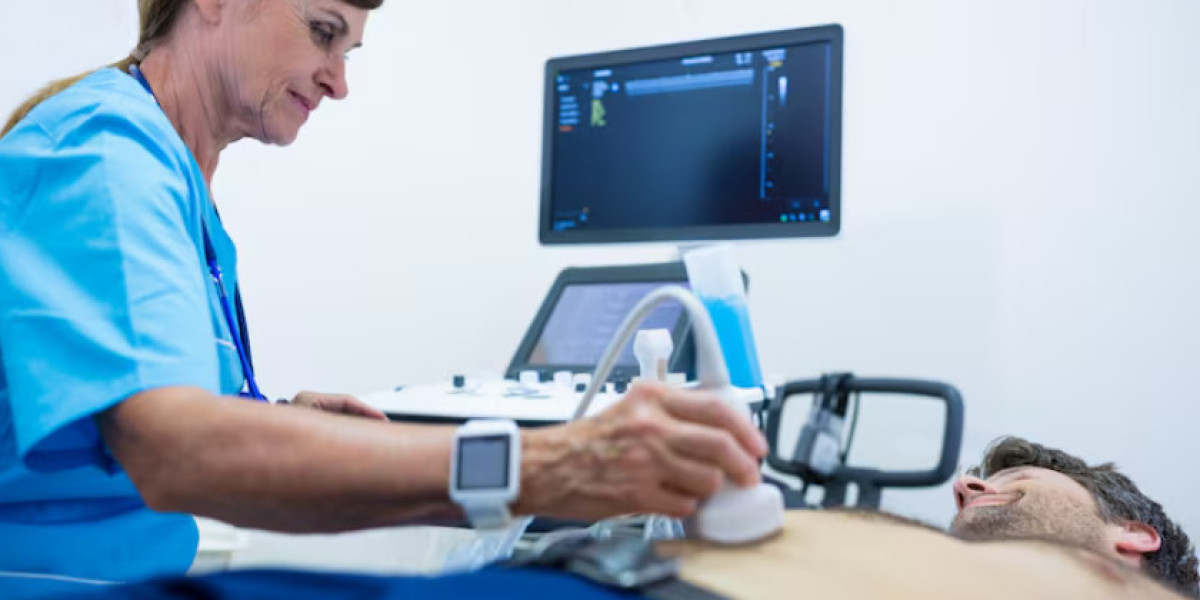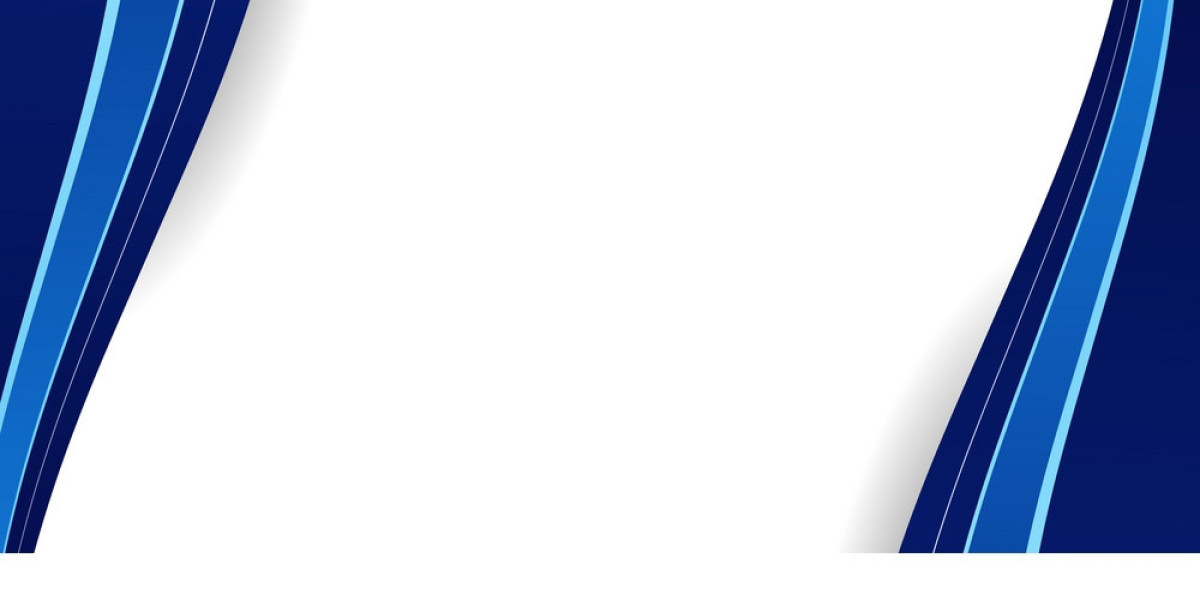When it comes to diagnosing liver and gallbladder issues, speed and accuracy are essential. An ultrasound scan in Dubai is one of the most commonly recommended, non-invasive imaging methods for detecting and monitoring these conditions. It uses high-frequency sound waves to create real-time images of the organs, allowing doctors to identify problems without exposing patients to radiation.
From gallstones to fatty liver disease, ultrasound plays a vital role in both early detection and treatment planning. Here’s everything you need to know about how it works, when it’s needed, and what to expect during the process.
1. Why Ultrasound is Ideal for Liver and Gallbladder Imaging
Ultrasound is often the first imaging choice for liver and gallbladder evaluation because it is:
Safe and radiation-free
Quick and painless
Widely available across Dubai
Effective in capturing real-time images
It can detect abnormalities in organ size, texture, and structure, making it a reliable diagnostic tool for a range of conditions.
2. Liver Conditions Detected by Ultrasound
An ultrasound scan in Dubai can help identify several liver-related issues, including:
Fatty Liver Disease — buildup of fat in liver cells.
Liver Cirrhosis — scarring and hardening of the liver.
Liver Tumors or Cysts — both benign and malignant growths.
Hepatitis Complications — structural changes due to chronic inflammation.
Doctors can also use ultrasound to guide needle biopsies for more accurate diagnosis.
3. Gallbladder Conditions Detected by Ultrasound
Ultrasound is the gold standard for gallbladder imaging because it can clearly visualize stones and inflammation. Commonly diagnosed conditions include:
Gallstones (Cholelithiasis) — solid deposits that can block bile flow.
Gallbladder Polyps — growths that may require monitoring.
Cholecystitis — inflammation or infection of the gallbladder.
Bile Duct Obstruction — blockages that can lead to jaundice or infection.
4. Advantages of Ultrasound Over Other Imaging Methods
When compared to CT or MRI, ultrasound offers several benefits for liver and gallbladder assessment:
Lower cost compared to advanced scans.
No radiation exposure — suitable for frequent monitoring.
Real-time imaging — useful during procedures like fluid drainage.
Easier access — available in many clinics and hospitals in Dubai.
5. What to Expect During the Scan
For a liver and gallbladder ultrasound:
You may need to fast for 6–8 hours to ensure the gallbladder is full and visible.
The sonographer applies a gel to your abdomen to improve sound wave transmission.
A handheld device (transducer) moves over the area, capturing images.
The process typically takes 15–30 minutes and results are often available the same day.
6. Choosing the Right Facility
For the most accurate results, choose a diagnostic center that:
Uses high-resolution ultrasound machines.
Employs experienced radiologists specialized in abdominal imaging.
Offers quick report turnaround and digital access to results.
Selecting a reputable facility for your ultrasound scan in Dubai ensures you receive clear, precise images for an accurate diagnosis.
Conclusion
An ultrasound scan in Dubai is a safe, reliable, and effective way to detect liver and gallbladder conditions. By identifying issues early, it allows for timely treatment and better health outcomes. Whether you’re experiencing symptoms like abdominal pain, jaundice, or unexplained fatigue, an ultrasound can provide the clarity your doctor needs to guide your care.













